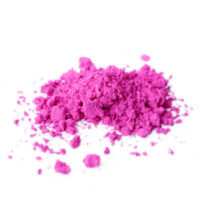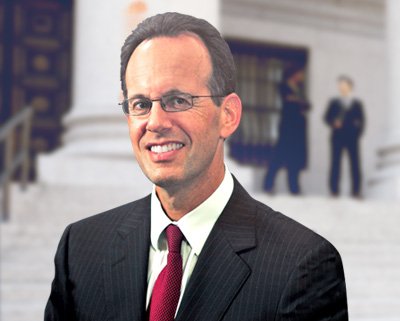Pink Cocaine Isn’t Cocaine, And It Isn’t Always Pink

There’s a new drug making an appearance in South Florida’s nightclubs, except that it is not all that new; the drug was first synthesized in 1974, which means that it is possible for you to be a full 20 years younger than the drug and still be too old to go to nightclubs. Meanwhile, it is difficult to pin down a name for the drug; sure, it has a chemical name that makes “antidisestablishmentarianism” seem easy to spell by comparison; its own creator called it 2C-B for short. Its common names tend to be variations on the 2C-B theme, such as Tucibi or Tussi, or else it is called pink cocaine or pink coke. The drug, however, has little in common with cocaine from a chemical standpoint; even the most incompetent crime lab could not mix them up. What it has in common with cocaine is that it can kill and that, when you buy it on the street, you are never sure what you are getting. If you are facing criminal charges after police found pink powder in your possession, contact a West Palm Beach drug offenses lawyer.
Stimulant, Hallucinogen, Empathogen, or All of the Above?
After the Controlled Substances Act was passed in 1970, Alexander Shulgin wasted no time in synthesizing as many substances as possible that produced similar effects to controlled substances but were chemically different enough that they did not count as controlled substances themselves. Many of the so-called designer drugs that Shulgin synthesized belonged to a category called phenethylamines. These drugs have been described as stimulants, hallucinogens, and empathogens, and they have been prized as club drugs and as weight loss drugs; Shulkin even experimented with them as treatments for psychiatric illnesses. 2C-B is so called because it has two carbon atoms at a certain place on the molecule where most other phenethylamines do not have these atoms.
Today, 2C-B is often sold on the street as a pink powder, but pink is not its natural color. The pink usually comes from Kool-Aid powder added to the mixture to make the drug look and taste better. 2C-B is a Schedule I controlled substance, meaning that it has no legally accepted uses. Like other stimulants, it can cause dangerous adverse effects such as dangerous increases in body temperature, seizures, organ failure, and stroke. The biggest danger of pink cocaine, however, is that when you buy pink powder that you think is 2C-B, it could be almost anything.
In 2023, Florida has seen seven arrests for crimes related to 2C-B. Law enforcement agents at Miami International Airport have begun to test for the drug, as it is believed that most shipments of the drug reach Florida by air transport.
Contact a West Palm Beach Criminal Defense Lawyer Today
Attorney William Wallshein has more than 39 years of experience, including five years as a prosecutor in Palm Beach County. Contact William Wallshein P.A. in West Palm Beach, Florida to discuss your case.
Sources:
local10.com/news/local/2023/06/28/local-10-news-gets-inside-look-at-new-nightclub-narcotic-sweeping-south-floridas-party-scene/
unodc.org/documents/scientific/Global_SMART_Update_2022_Vol.27.pdf
avenuesrecovery.com/understanding-addiction/cocaine-and-crack-addiction/pink-cocaine/
